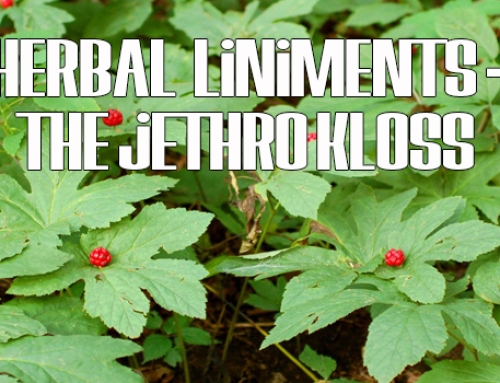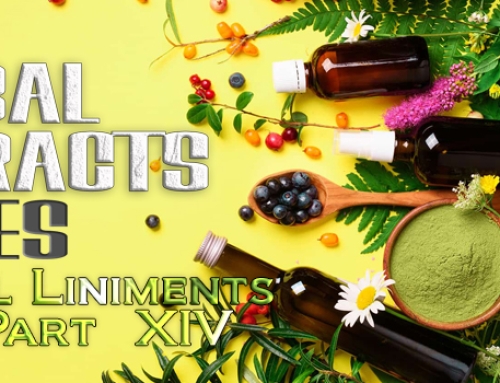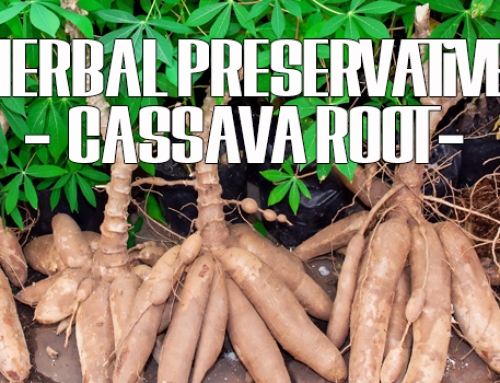Unlocking Herbal Efficacy – How to Keep Your Remedies Potent
Don’t Make the Big Oops! In our modern world of true natural healing, medicinal herbs are like little miracles, packed with healing compounds. But guess what? To truly tap into their full potency, you’ve got to handle them with lots of TLC from the seed to your teacup. Here’s your guide to keeping your herbal remedies as potent as Providence intended:
Oops #1: Opting for Seed that are GMO, not Heirloom
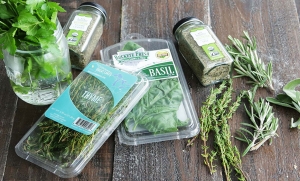
When you are looking to grow your own herbal garden, there are good, better, and best practices. But one of the worst ones is to not make sure that the seed you are using for medicinal purposes is of the heirloom variety. That you take any ol’ thing of seeds off the shelf and plant them. Like you need to do with everything out there when it comes to what you intake into your system, you must know from whence the seeds came and their genetic makeup.
More and more often those hybrid seeds, or heaven forbid, those totally manipulated seed stock from the likes of Monsanto become the norm for your seed bank. Often it is those genetic manipulations from those types of companies that cause more harm to the human physical ecosystem in the name of making the plant larger, producing bigger fruit, or resistant to pestilence.
Be sure from whence your herbs spring and then keep diligent in the seed gathering from each crop you place in the ground, planting bed, or in that cup in the window.
Oops #2: Settling for Store-Bought Herbs
If you aren’t growing the herbs yourself, it is often tempting to just grab dried herbs off the shelf; might be easy, but it’s a big no-no for potency. Store-bought herbs are often pre-crushed, losing their kick, and they might not even be organic!
Again know the source of where your herbs spring! There are exceptions to this rule IF you can find a place that can get those herbs to their buying public in an expedited manner to their store shelves.
Instead, hunt down the freshest herbs you can find. Sometimes, your local grocery store might surprise you. Specialty shops like Whole Foods, Natural Foods, Good Earth, or even Trader Joe’s are gold mines. Better yet, in the summer growing months, the local farmer’s markets may be the motherlode you’ve been looking for. While dried versions can work in a pinch, remember, the closer to home-grown, the better the potency.
We obviously recommend you grow your own and become as connected as possible to those herbs you are using for your health and well-being.
Oops #3: Harvesting at the Wrong Time
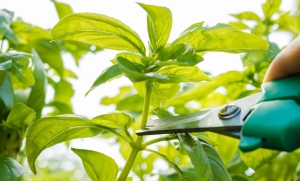
Timing is everything when picking herbs. Early mornings can be the best – think dew gone but before the sun blazes. This way, you capture the most essential oils.
There are plants that are more potent at certain times of the year than at other months of the year. There are certain parts of the herbs that are more potent than other parts during the year. You need to know these things when you are growing your own (especially those perennials). Once you identify the herbs you want and want to grow, how to grow them, and get them mature to harvest… then you need to learn when best to harvest each of them.
Oops #4: Neglecting Washing Before Drying
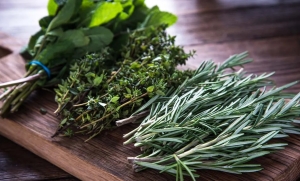 Before drying, always wash freshly cut herbs to remove dirt and bacteria. Failure to do so can lead to decay, rendering them unsuitable for storage or medicinal use. Thoroughly dry them post-wash to prevent mold formation.
Before drying, always wash freshly cut herbs to remove dirt and bacteria. Failure to do so can lead to decay, rendering them unsuitable for storage or medicinal use. Thoroughly dry them post-wash to prevent mold formation.
It’s just good practice to be able to get them as “additive” free as you possibly can.
Oops #5: Inadequate Drying Procedures
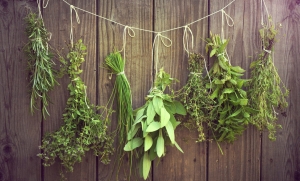 Proper drying methods are paramount to preserving herbal potency. Air drying, food dehydrators, ovens, or microwaves can be utilized depending on your preference and resources. Ensure herbs crumble easily before storage.
Proper drying methods are paramount to preserving herbal potency. Air drying, food dehydrators, ovens, or microwaves can be utilized depending on your preference and resources. Ensure herbs crumble easily before storage.
Air Drying
To air dry herbs successfully, the temperature needs to be above 85°F with humidity below 60%. The stems can be bound together in little bunches and hung upside down in any dry, warm, well-ventilated area away from direct sunlight. Hanging the herbs upside down ensures all the essential oils are concentrated and preserved within the leaves. Keeping the herbs out of direct sunlight will also preserve their medicinal value.
Alternatively, herbs can be spread in a single layer on a screen. Drying takes about 1-2 weeks. It’s important not to over-dry the herbs as their valuable properties will be lost. Herbs are ready for storage when they crumble (not shatter) easily in your hands.
Food Dehydrator
If the correct temperature and humidity levels cannot be achieved where you are, it’s possible to use a food dehydrator instead. Herbs should be spread thinly over the dehydrator trays. Consult the instruction manual for the precise temperatures and times for different herbs which will be between 95-115°F. Herbs are dried within 1-4 hours, depending on the type of herb. Keep checking the trays and take out any leaves that are ready.
Oven Drying
Ovens can also be used but at very low temperatures of 105-120°F for a few hours.
Spread the leaves again in a single layer on a cookie sheet or parchment paper, turning the sprigs regularly and taking out any that are dry.
Microwave Drying
Microwave ovens will dry herbs very quickly and need to be checked every 20-30 seconds until the ideal dryness is achieved. Use microwaves with ratings of 1,000 watts or less.
Place single layers of leaves between 2 paper towels and turn frequently when checking for dryness.
Oops #6: Forgoing Pasteurization
To eradicate potential contaminants like insects and eggs, pasteurize dried herbs either in an oven or cooler. This step is crucial for maintaining the integrity of your herbal batch. That is a good practice to have to make sure no ‘extras’ are on the herbs. Make sure you do not damage the leaves, stems, roots, or seeds while doing so. Warm or cool them slowly as to protect their structure and potency.
Place them in an oven at 160°F for 30 minutes or 175°F for 15 minutes. Alternatively, the dried herbs can be put in the freezer for at least 48 hours.
 Oops #7: Premature Crushing of Herbs
Oops #7: Premature Crushing of Herbs
Avoid crushing herbs prematurely as it accelerates volatile oil loss. Store them whole to retain their medicinal properties. Crush them just before use for optimal efficacy.
You want to preserve as long as possible the healing phytochemicals that are found and wanted from each herb you are choosing to utilize in your daily routine.
Oops #8: Improper Preparation Techniques
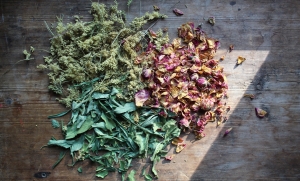 Extend the shelf life of dried herbs by infusing them into oils, honey, alcohol, glycerin, or vinegar. Maintain hygiene during preparation to prevent bacterial contamination, of anything used in the prep process.
Extend the shelf life of dried herbs by infusing them into oils, honey, alcohol, glycerin, or vinegar. Maintain hygiene during preparation to prevent bacterial contamination, of anything used in the prep process.
It’s also important not to overheat oils, syrups, or honey as they may get oxidized, rendering them unfit for consumption. It’s always best to use a candy thermometer to avoid this from happening.
To get and maintain the best quality of herbs, full of medicinal essential oils, it’s necessary to take care of the initial sourcing of the herbs and how they are stored for later use. Proper actions in all of these stages will maintain the potency of the herbs for long-term storage.
Oops #9: Neglecting Natural Preservatives
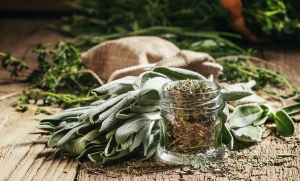 Enhance the longevity of herbal preparations by incorporating natural preservatives like rosemary oil extract or Vitamin E in your salve recipe. Syrups keep better when sugar or honey is used as well as an addition of alcohol. Syrups also need to be kept in a dark bottle in a refrigerator. Tinctures need at least 25% alcohol or more for a long shelf life. Infusions using glycerin should contain at least 55% glycerin to enable storage at room temperature.
Enhance the longevity of herbal preparations by incorporating natural preservatives like rosemary oil extract or Vitamin E in your salve recipe. Syrups keep better when sugar or honey is used as well as an addition of alcohol. Syrups also need to be kept in a dark bottle in a refrigerator. Tinctures need at least 25% alcohol or more for a long shelf life. Infusions using glycerin should contain at least 55% glycerin to enable storage at room temperature.
Proper preservation methods are essential for ensuring efficacy.
Oops #10: Ignoring Storage Conditions
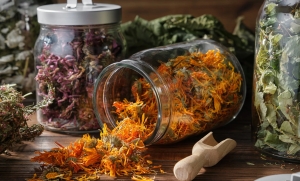 Store dried herbs, infusions, and salves in dark-colored glass bottles (amber or cobalt – brown or blue bottles) or metal containers to shield them from light. If you have clear glass jars, bottles, and containers, you need to have them in dark places, away from heat or humidity where they may be stored. Keep those tinctures, syrups, elixirs et.al. in the fridge or cool places (root cellars) that will help them to last longer for your use.
Store dried herbs, infusions, and salves in dark-colored glass bottles (amber or cobalt – brown or blue bottles) or metal containers to shield them from light. If you have clear glass jars, bottles, and containers, you need to have them in dark places, away from heat or humidity where they may be stored. Keep those tinctures, syrups, elixirs et.al. in the fridge or cool places (root cellars) that will help them to last longer for your use.
Avoid plastic containers, and ensure tight-fitting lids to prevent deterioration.
Bonus Oops #11: Overlooking Quantities, Tools, and Cleanliness During Usage
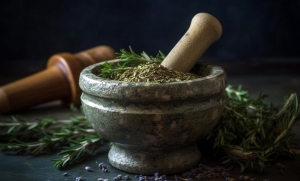 Maintain your usage of the herbs you are harvesting, drying, and making ready for use. Make sure the tools you use in all parts of the process of the herbal journey have their prep, use, and cleaning process followed through. cleanliness during the usage of herbal preparations to prevent bacterial contamination. Sanitize utensils and hands thoroughly to preserve the potency of your remedies.
Maintain your usage of the herbs you are harvesting, drying, and making ready for use. Make sure the tools you use in all parts of the process of the herbal journey have their prep, use, and cleaning process followed through. cleanliness during the usage of herbal preparations to prevent bacterial contamination. Sanitize utensils and hands thoroughly to preserve the potency of your remedies.
Medicinal herbs, their leaves, flowers, seeds, bark, and roots can all be used to treat any ailment. The active ingredients or phytochemicals in herbs are volatile oils (essential oils) in small quantities and other compound constituents. As powerful as these constituents are, their efficacy can be destroyed easily by a lack of care throughout each step of the process.
The TakeAway: Preserving Nature’s Remedies
In conclusion, the efficacy of medicinal herbs hinges on meticulous care at every stage, from cultivation to consumption. By avoiding common mistakes and adhering to proper handling techniques, you can ensure the longevity and potency of your herbal remedies. Remember, nature’s gifts are most potent when handled with care and respect.

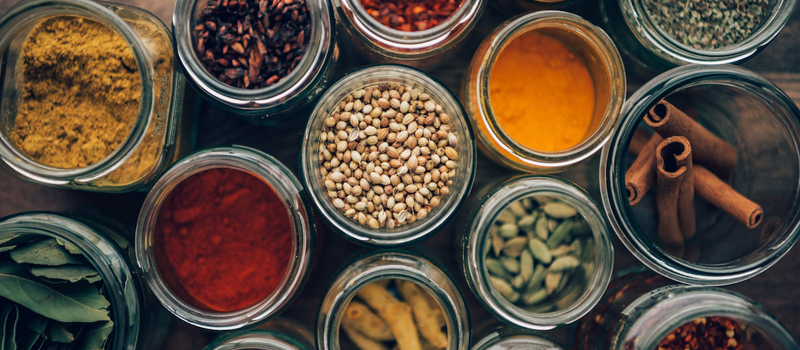
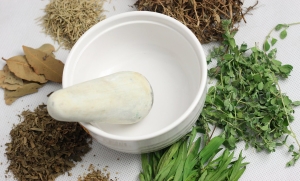 Oops #7: Premature Crushing of Herbs
Oops #7: Premature Crushing of Herbs